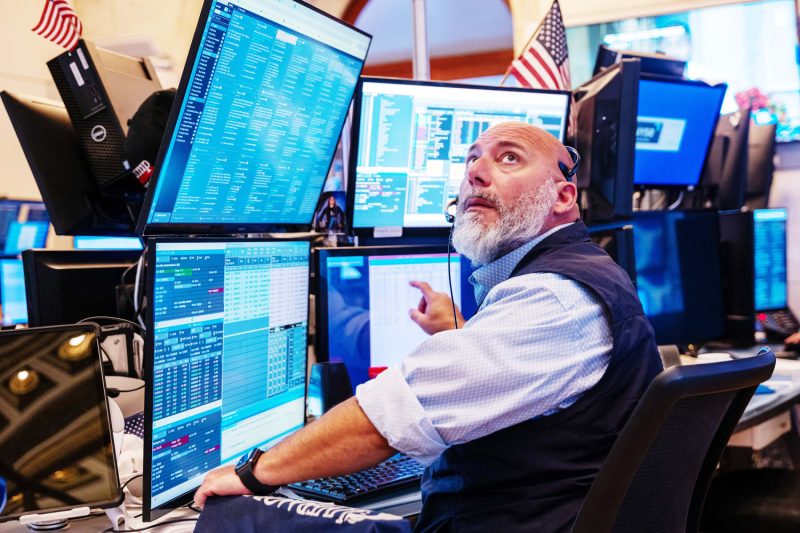Markets floored their accelerators on Tuesday, bouncing back from the bruising sell-off that tarnished Wall Street on Monday, as investors recalibrated their portfolios by seizing on bargain buys. Stocks closed higher, pushing forward the narrative of resilience in the market, and partially clawing back some of their losses after, what can only be seen as, a bruising start to the week.
Firstly, it’s imperative to assess the catalysts behind this recovery. Economic data, although wavering in recent weeks, still remains robust overall. The jobs growth in key sectors and promising retail sales provide some level of reassurance about the sturdiness of U.S. economic engines. Market participants speculated that Monday’s depressed stock prices were overreactions, hence creating a buying opportunity for investors to buy the dip on Tuesday.
The strong performance of technology and health care stocks played a significant role in Tuesday’s recovery. Investors seemed to be willing to take on risk again, including in growth-oriented sectors that were previously shunned during the sell-off on Monday. Chipmakers and software companies were among the technology businesses that edged higher, while in the healthcare sector, pharmaceuticals and biotechs equally tread bullish ground.
In contrast to Monday’s bearish market, the Dow Jones Industrial Average rose significantly, along with both the S&P 500 and the Nasdaq composite index due to a tech-led rally. This strong rebound suggests that investors still have faith in the underlying strength of the economy and are prepared to ride out short-term market volatility. Tuesday’s gains also signified the market’s tendency to recover and the intrinsic value that long-term investors see in these stocks, which is not wiped out by short-term panic-driven sell-offs.
However, the reappearance of buyers does not mean all worries faded away entirely. Investors continue to confront the challenges posed by strained U.S.-China relations, geopolitical tension, and the ongoing uncertainty of the COVID-19 pandemic and its effects on global economies and supply chains. Furthermore, inflation and its potential effect on interest rates are still significant concerns for the investors.
Not to mention, the Federal Reserve continues to be a significant feature of the financial backdrop, with investors eagerly hanging on to every word from the central bank about future monetary policy and potential measures to curb inflation.
Despite these seemingly unfavorable conditions, the markets forged on which paints a narrative of resilience of investors and reflects the overall buoyancy of the economy, as investors navigate the murky waters of this uncertain era






























